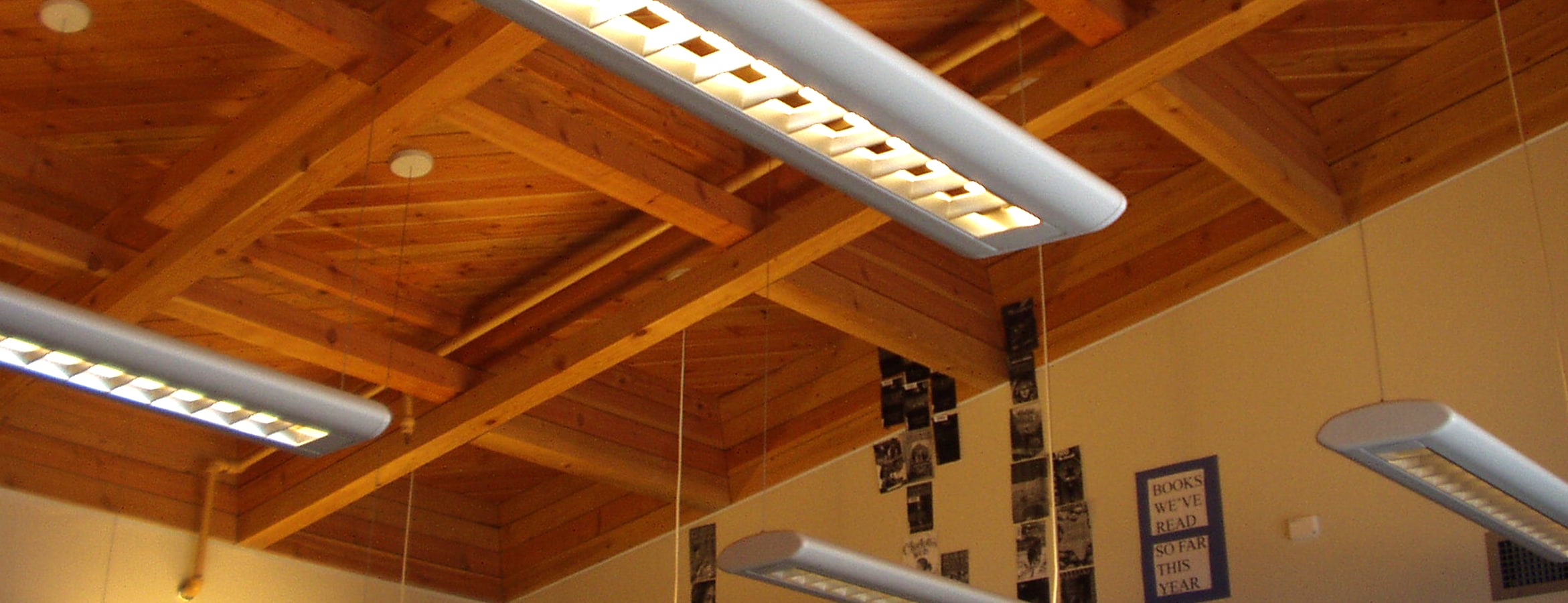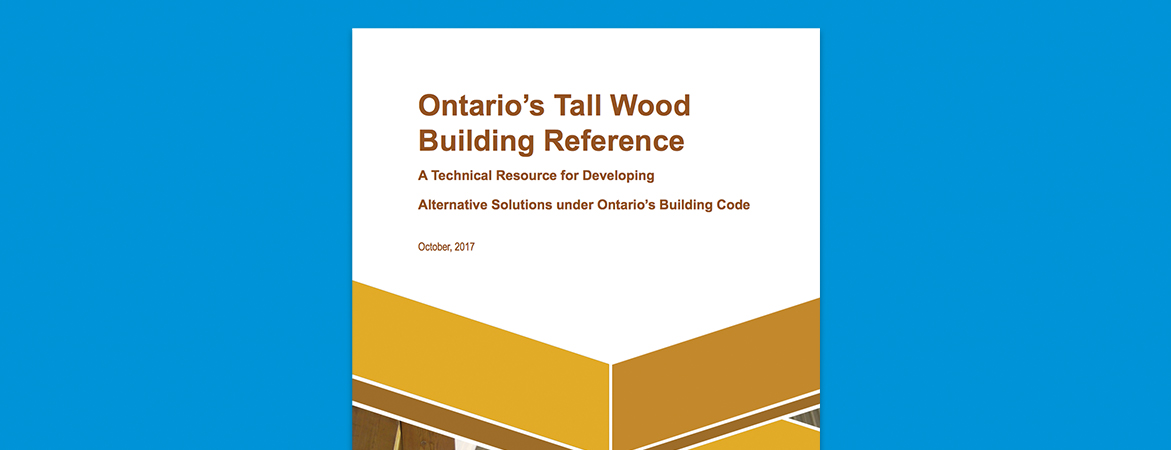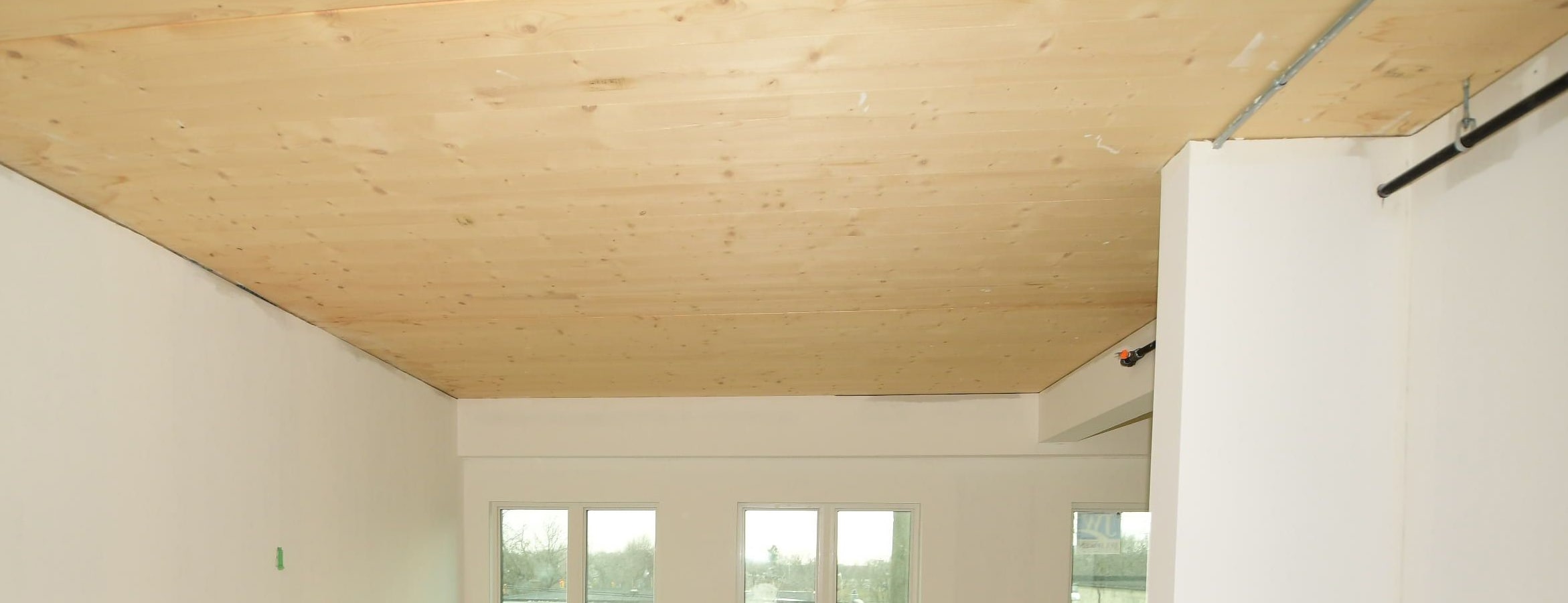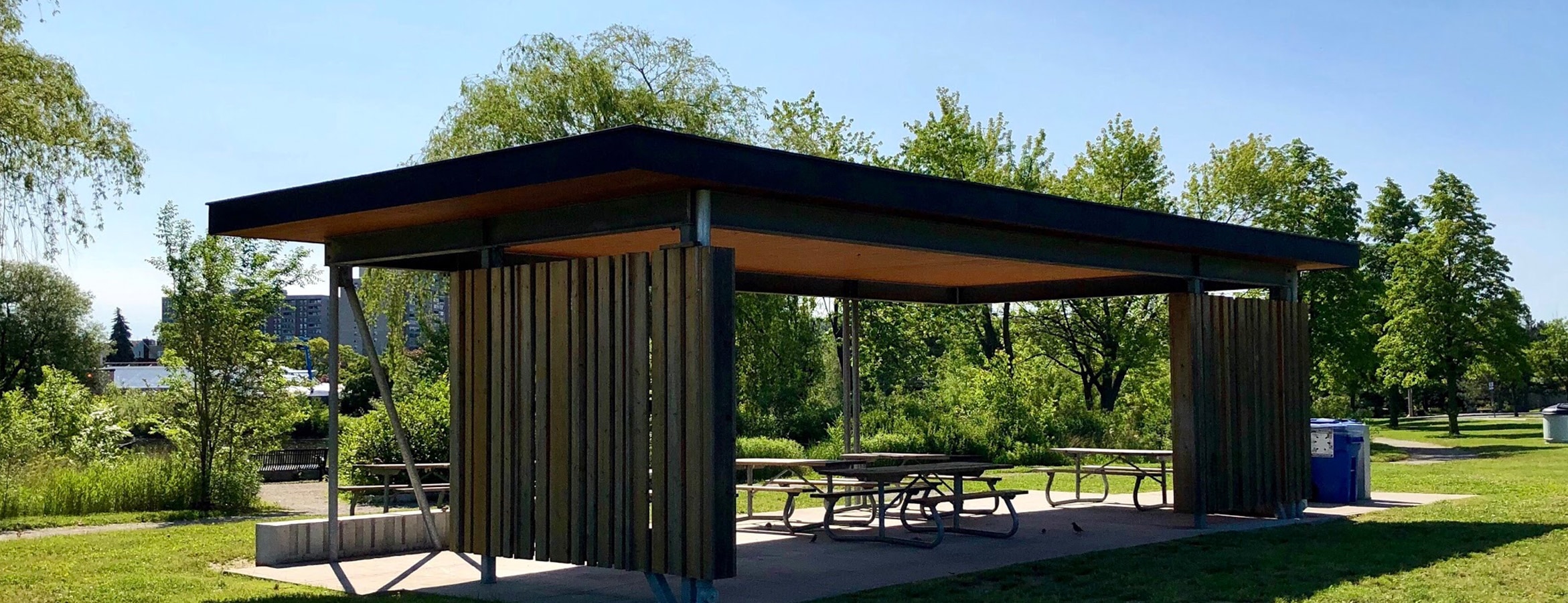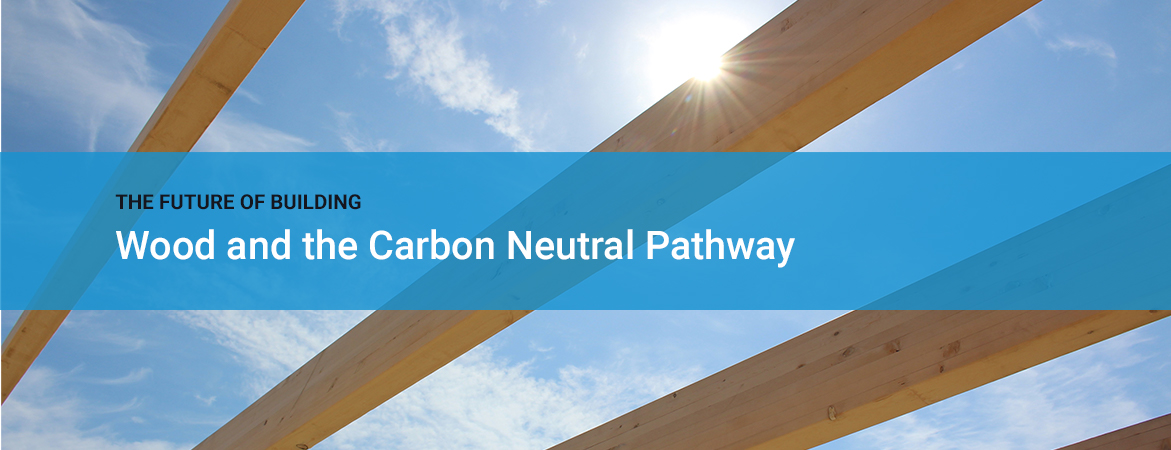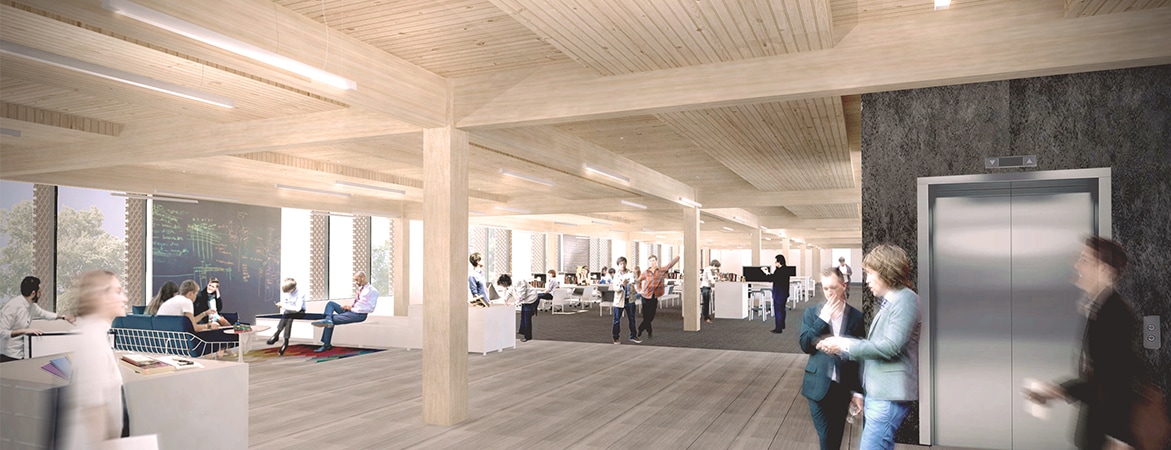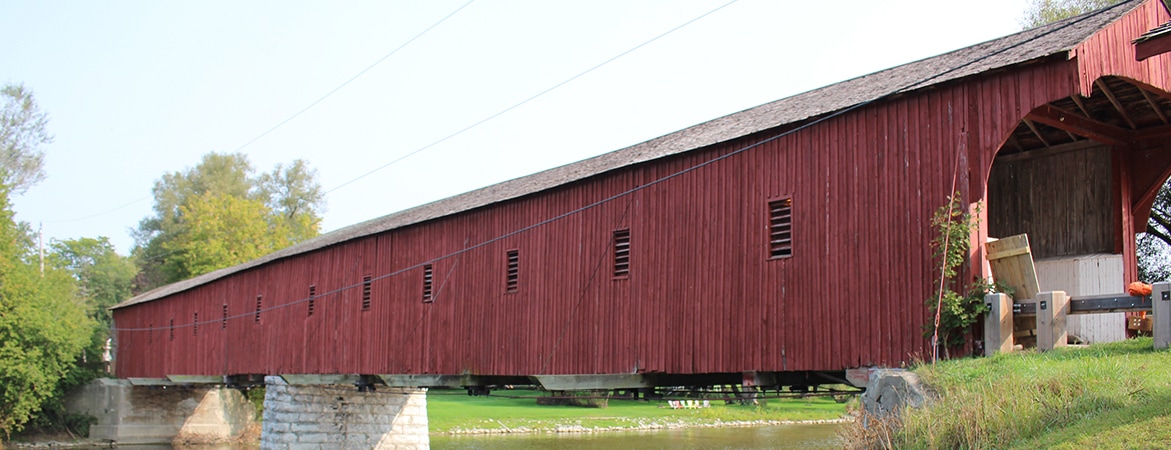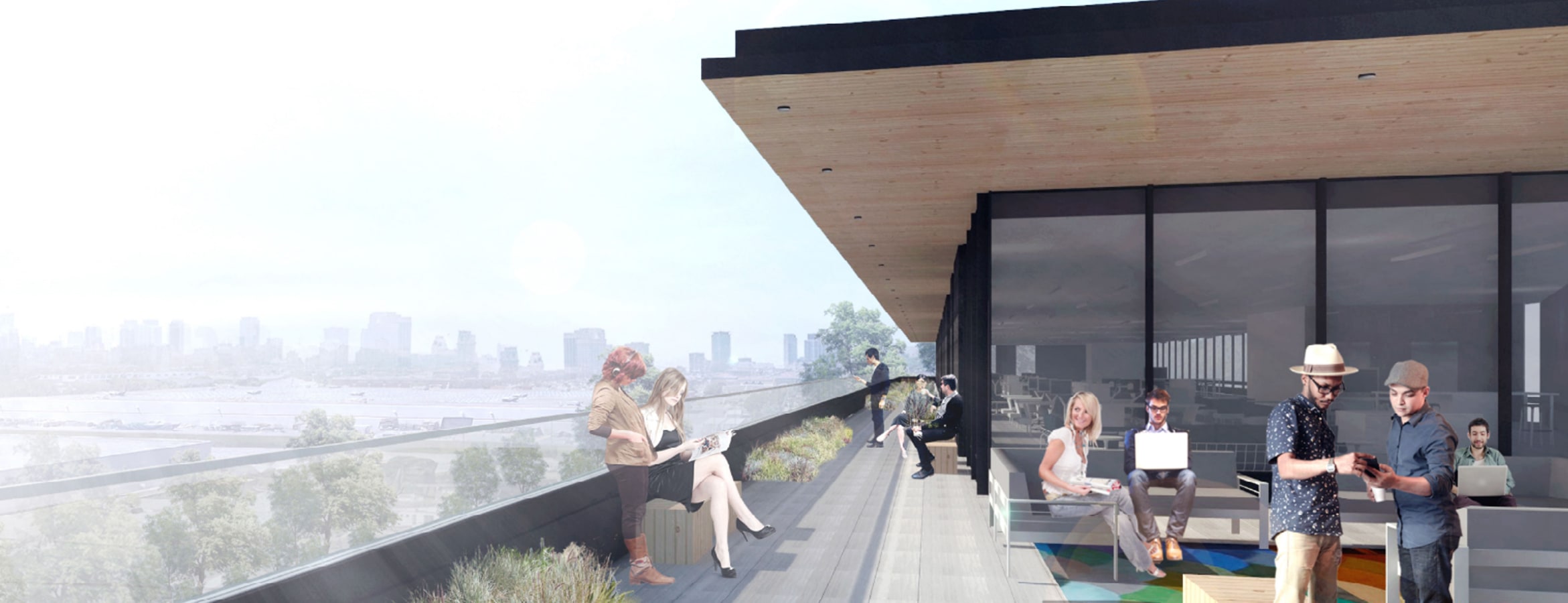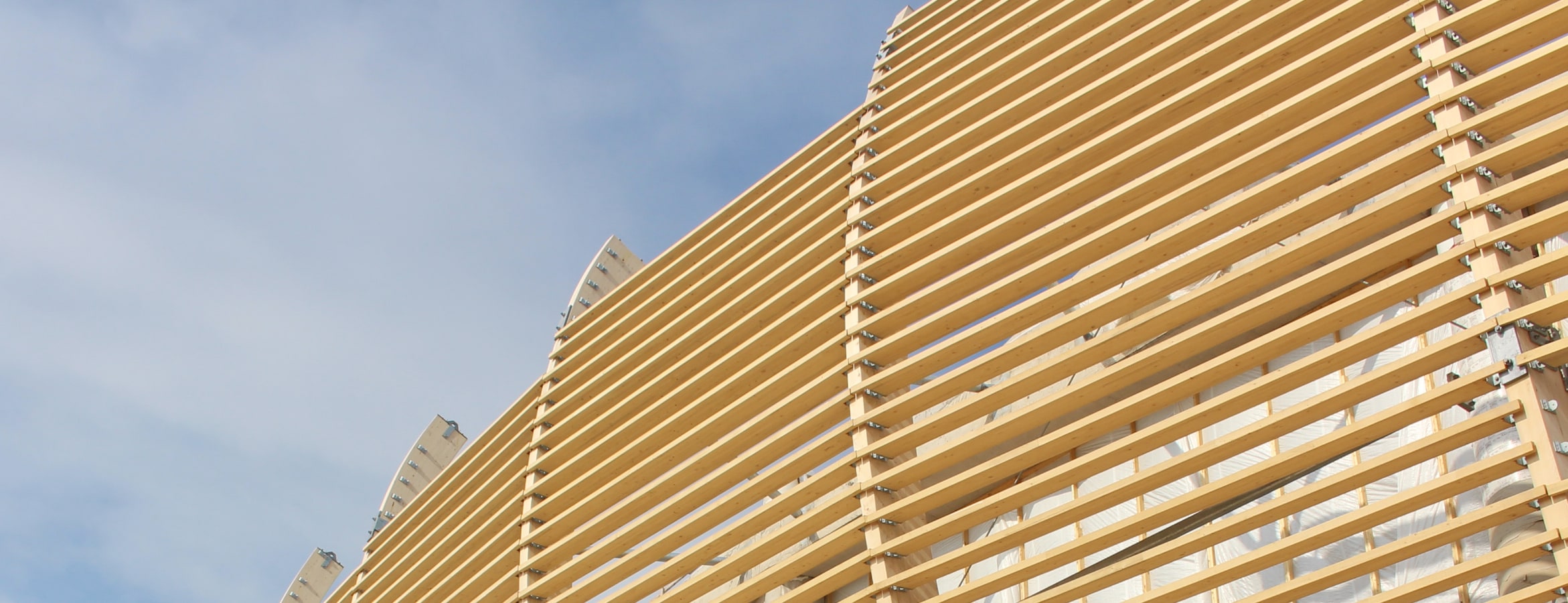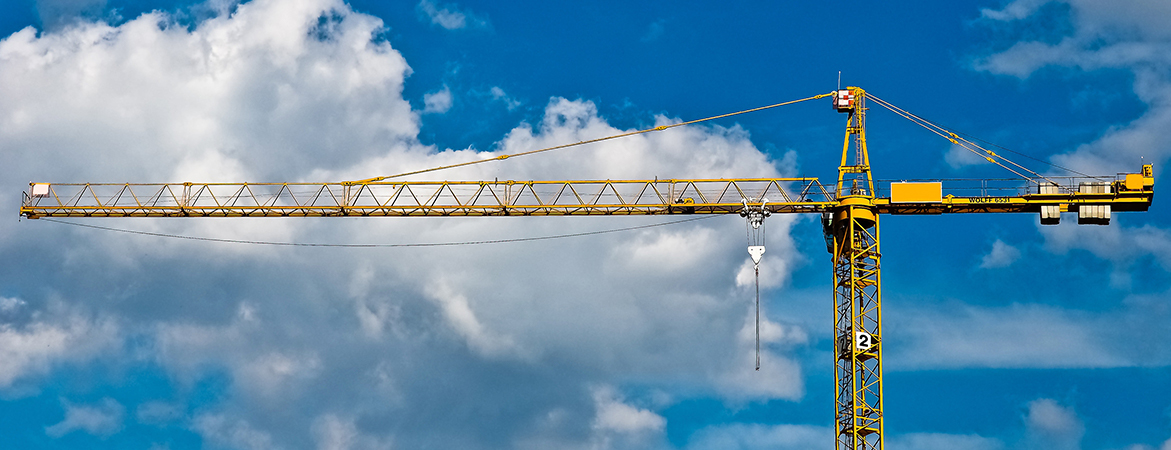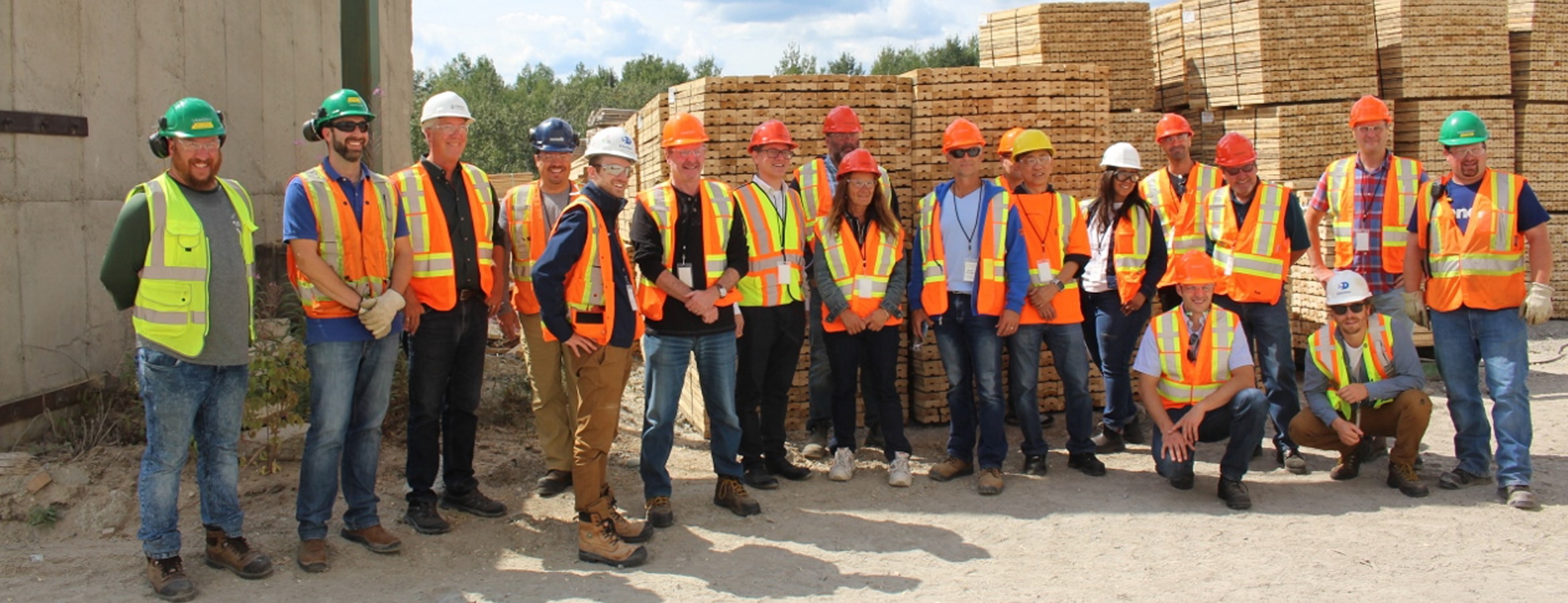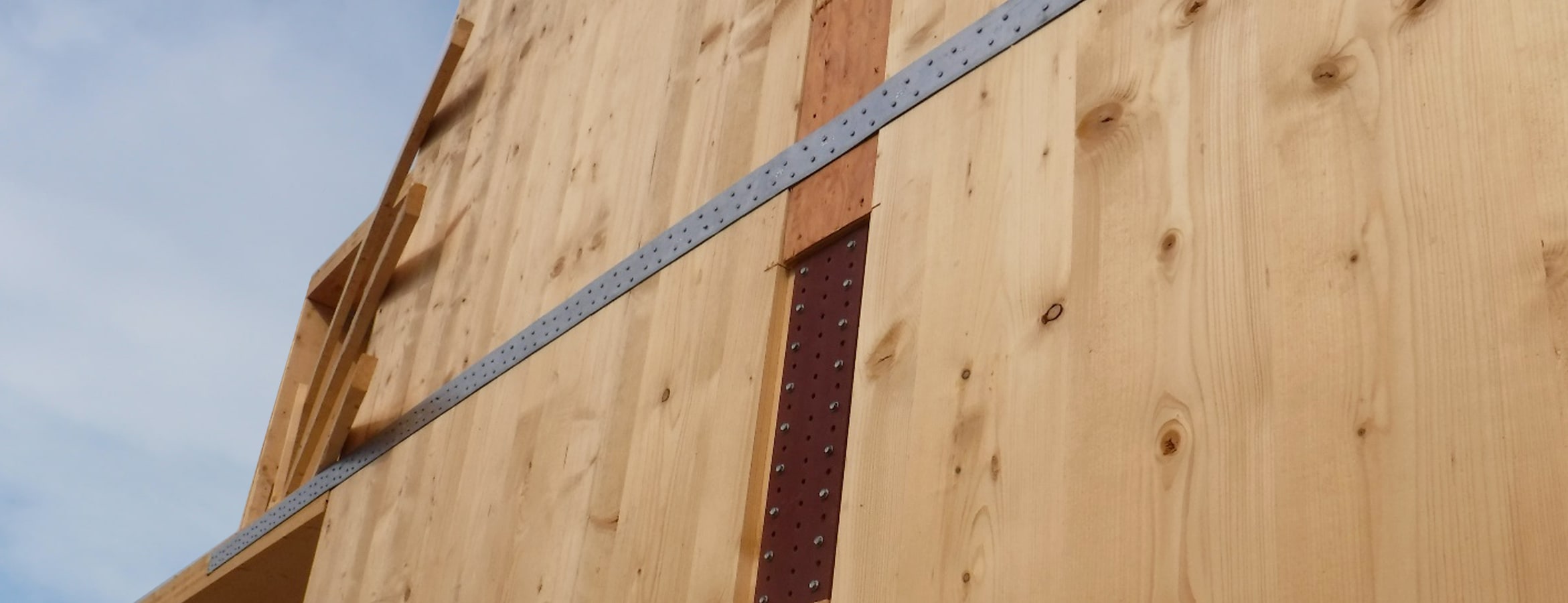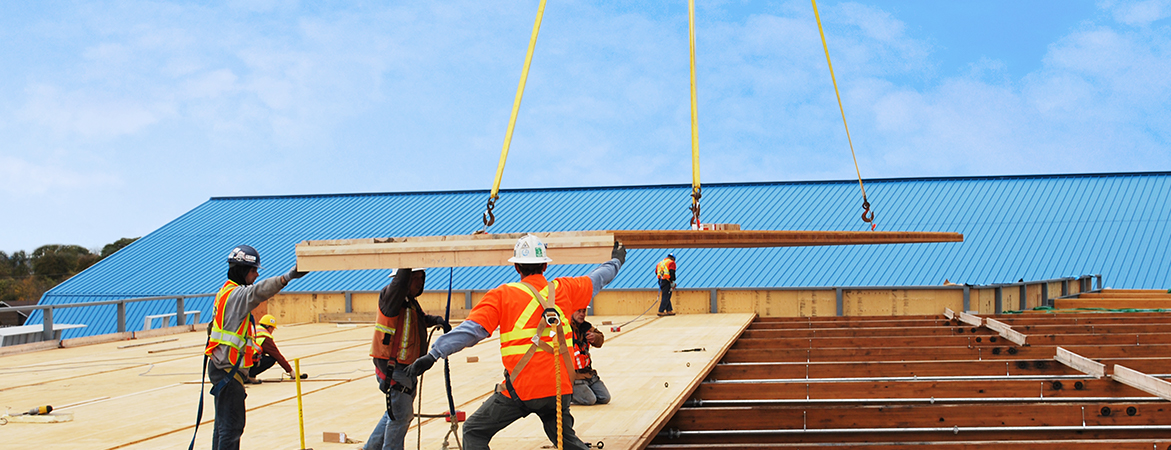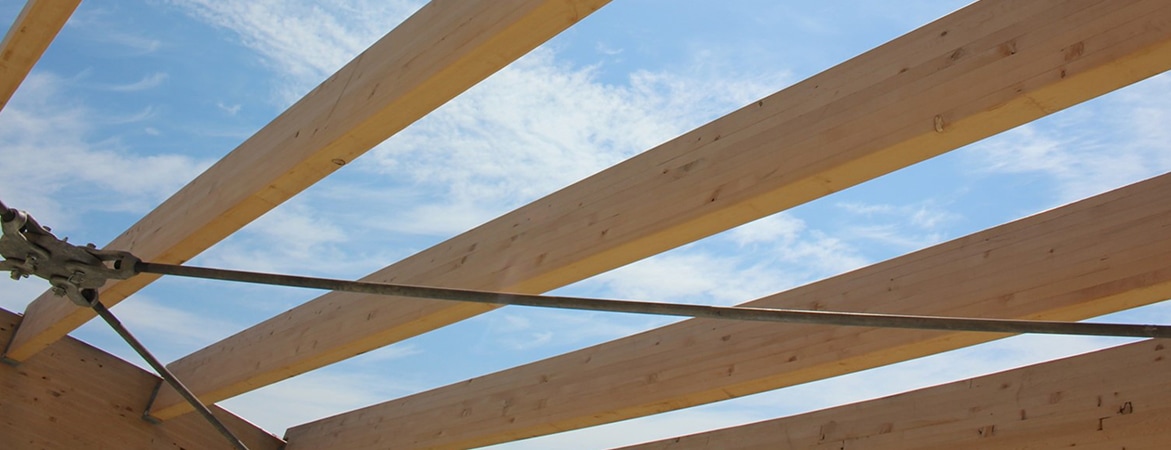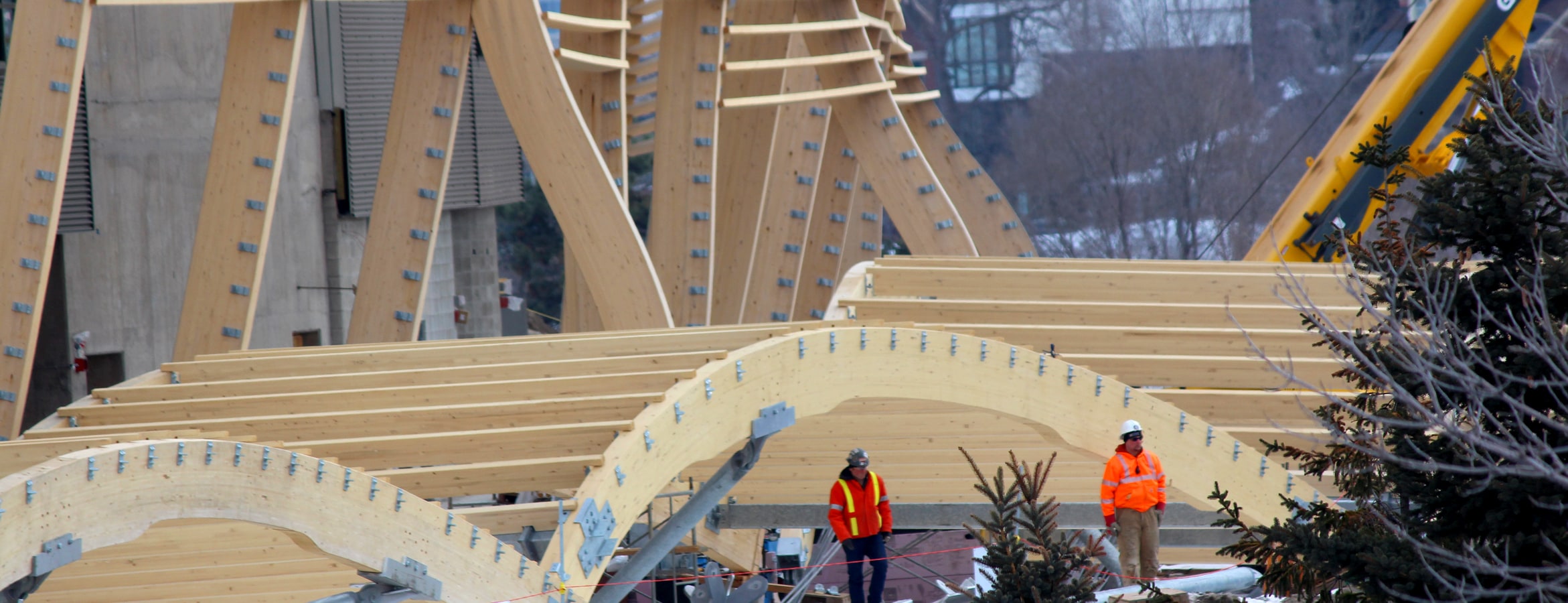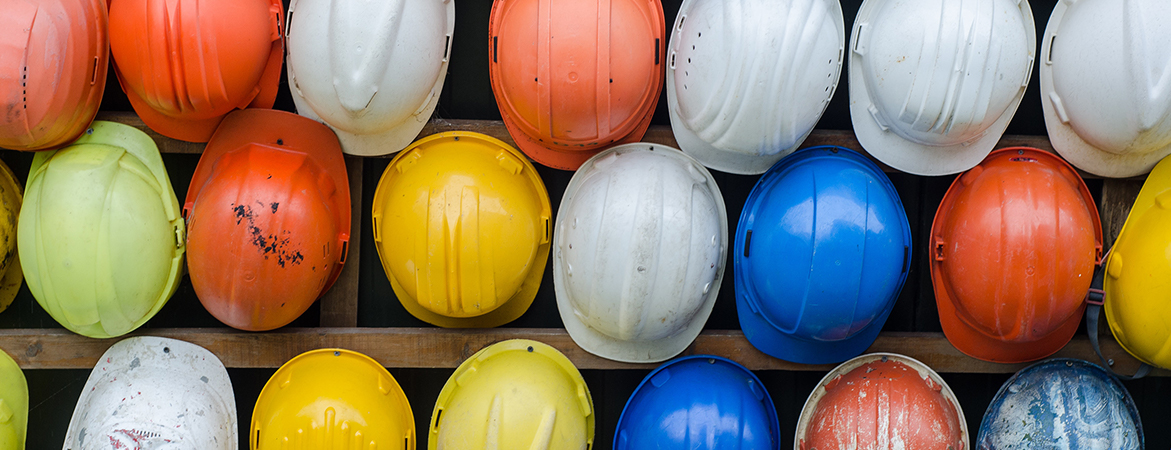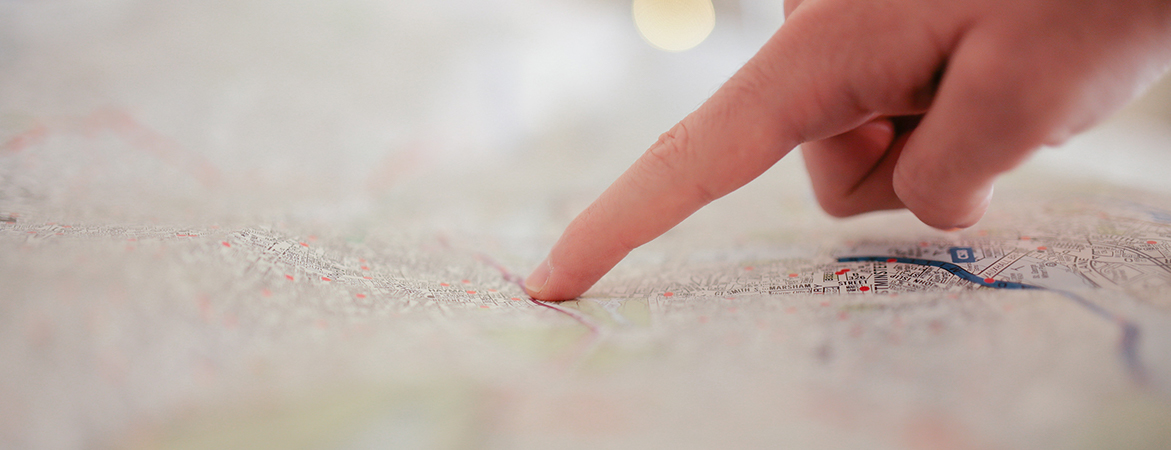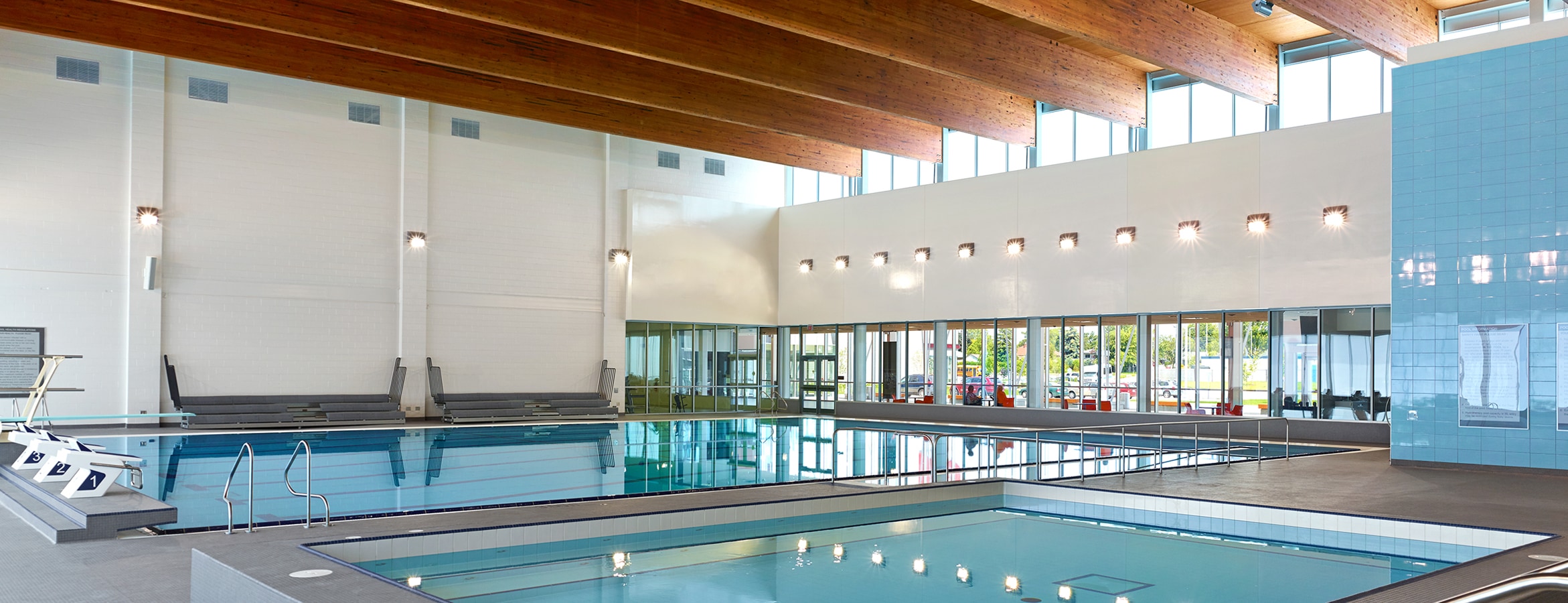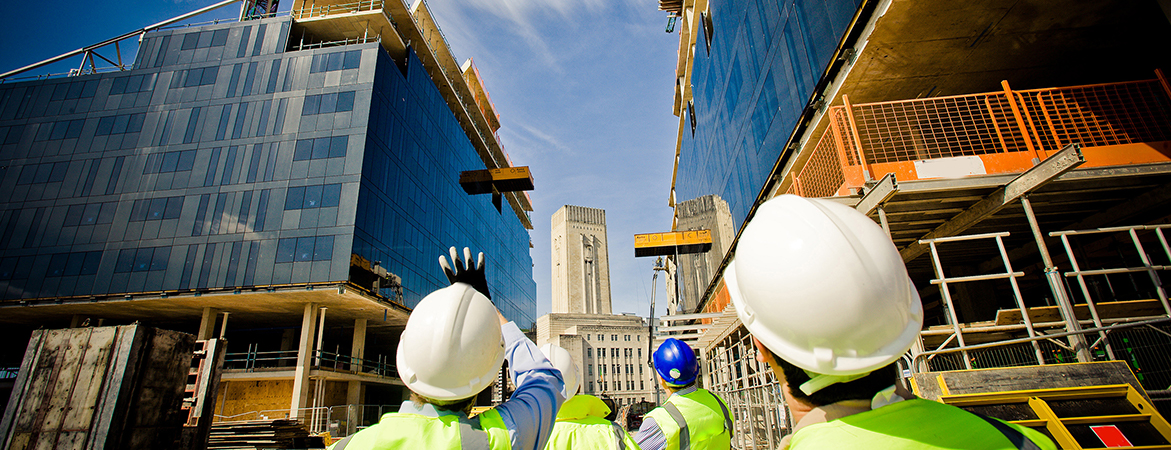Comfort, relaxation, and well-being. These are three values that help the success of academic performance in students. How can this be achieved where urban environments densify and developments move away from a natural environment? Studies have shown that using natural materials such as wood in classrooms improves learning. Using mass timber in educational institutions creates warm, inviting study environments that foster learning.
By creating a green environment in schools, academic experiences for students can be greatly improved. Natural materials enable health and comfort and combat issues faced in school such as absenteeism, ailments, lower productivity, lower motivation, and lower test scores. Building with wood in an institutional setting gives students a connection to nature, away from nature. The building materials provide the environment to refresh the mind, improve air quality and presents students with an early introduction to the relationship between humans and the environment. And wood is an excellent material to provide this connection.
Mass timber gives us additional wood options for institutional buildings where exposed wood can be used as part of a strategy to enhancing academic performance and health.
Moses Structural Engineers often has clients who are unsure of the best structural systems for their needs. We are authors of the Tall Wood Reference for Ontario and teachers of architects, engineers and carpenters. We can help guide you through the design process through a variety of materials and their effects on aesthetics, environment, and constructability.
